
The hotel I stayed at for this business trip was completely in harmony with the tranquility of the shrine, with natural light coming from above and elegance from the sound of the koto.
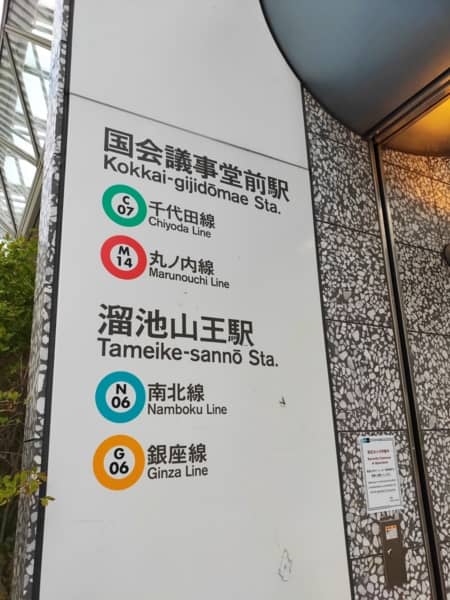
The location is convenient for transportation, situated between two stations: “Tameike-Sanno Station” and “Kokkai-gijidomae” Station, near the Ginza Line and Namboku Line’s exit 7. This spot is right around the subway stations “Akasaka,” “Tameike-Sanno,” and “Kokkai-gijidomae.”
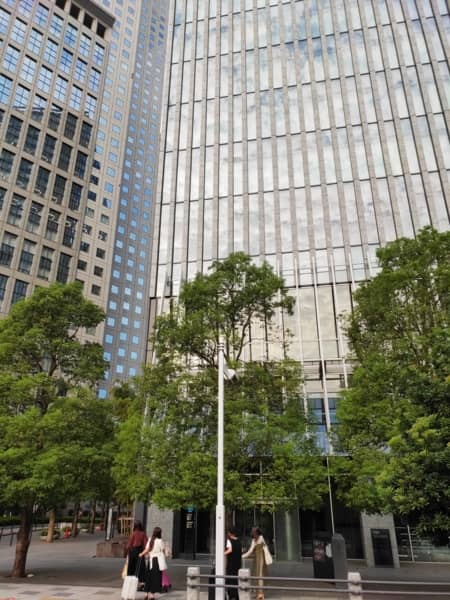
Many people come here not just to stay overnight. This place has long been a sacred site for Tokyo residents, home to the Hie Shrine, which is dedicated to Tokyo’s guardian deity.
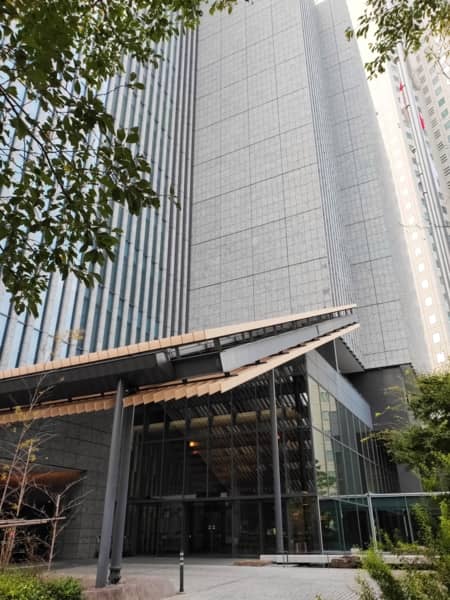
From the hotel exit, you can walk to Hie Shrine, where both the shrine grounds and the surrounding area are vibrant. Adding a visit to Hie Shrine to your business trip will make it even more fulfilling.

Hie Shrine, also known as Hie-jinja, is located near Roppongi in the heart of Tokyo. Despite its central location, the shrine grounds are quite spacious. When you enter through the main gate, you’ll be greeted by a massive stone torii gate at the shrine’s entrance—a truly impressive sight.
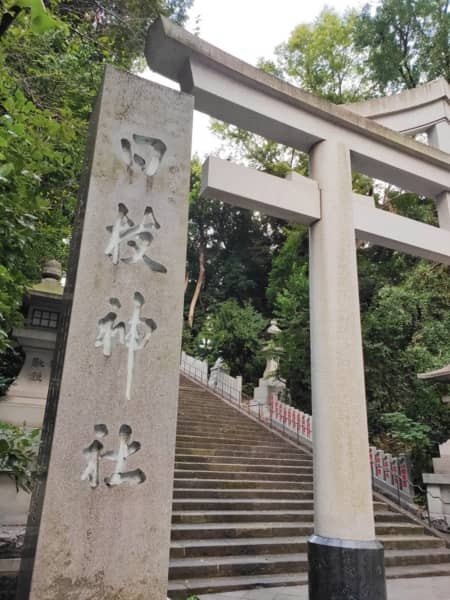
Hie Shrine, also known as Hie-jinja, boasts a history of over 600 years and is affectionately referred to as the “Mountain King” by the Japanese. Every June, the shrine hosts the Sannō Matsuri, which stands alongside Osaka’s Tenjin Festival and Kyoto’s Gion Festival as one of Japan’s three major festivals. The divine significance of Hie Shrine is beyond question.
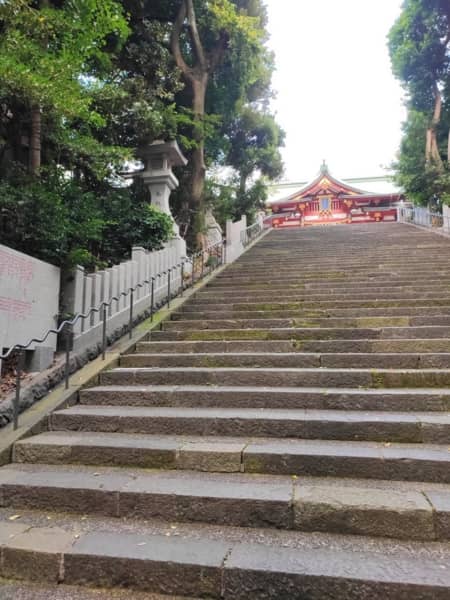
Climbing the entire straight and towering staircase, I arrived at the shrine very early in the morning. Fortunately, this business trip had no other personal agenda, leaving me with ample time to explore the shrine.
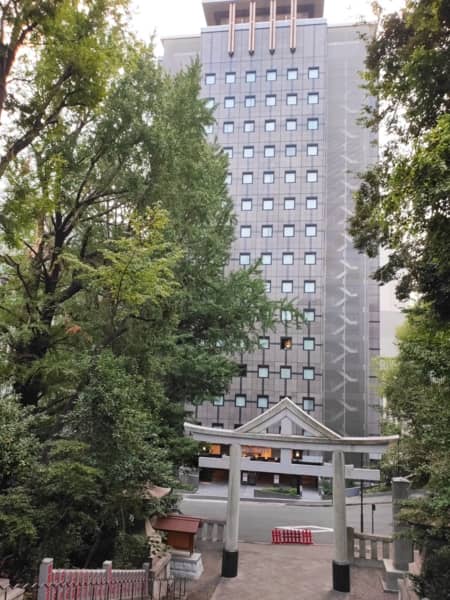
From the Akasaka subway station, it’s just a 3-minute walk to Hie Shrine.
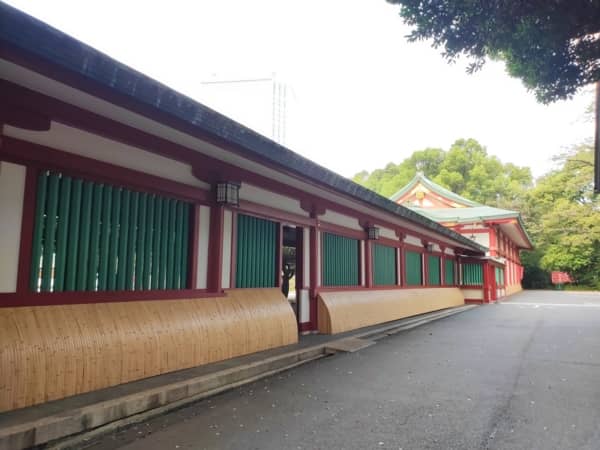
During festivals, the usually serene grounds of Hie Shrine come alive with numerous lanterns hanging, allowing festival-goers to dance and sing along to the lively beat of the drums.
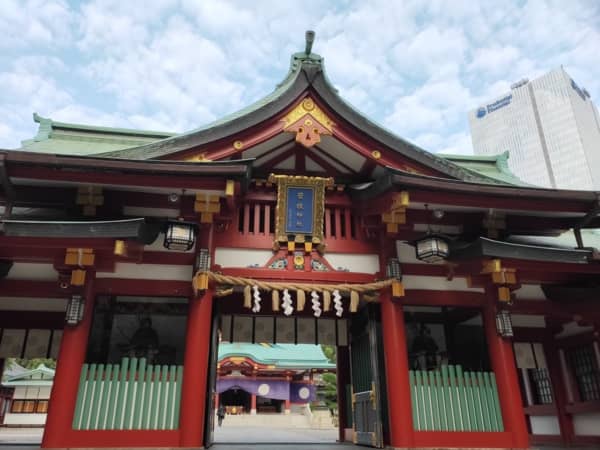
It gained prominence during the Meiji period when offerings were made to the deity by the imperial family. Upon entering the shrine, the main hall is located on the left side.
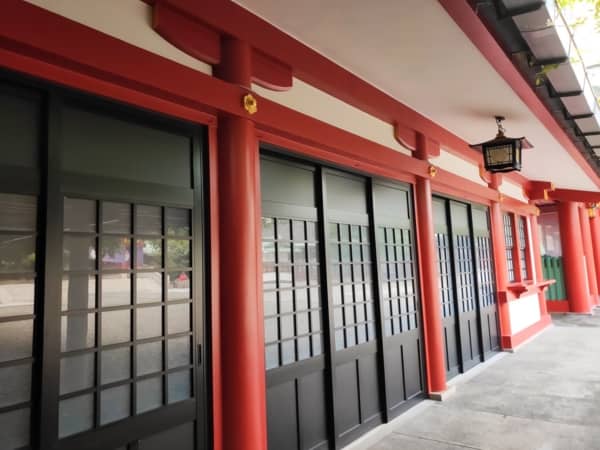
According to historical accounts, the origins of the festival trace back to the early Kamakura period when the Edo clan held ceremonies within their residence. Later, during the late Muromachi period, samurai warriors transported the deity to Edo Castle for enshrinement. As a result, this festival earned the moniker “Guardian Deity of Tokyo.”

The shrine’s tranquil atmosphere shields visitors from the imposing skyscrapers nearby, creating a sense of calm and serenity in the heart of the city.

There is no crowd here in the early morning, you can stay slowly in a quiet space, and it is a pure place to think and ponder .
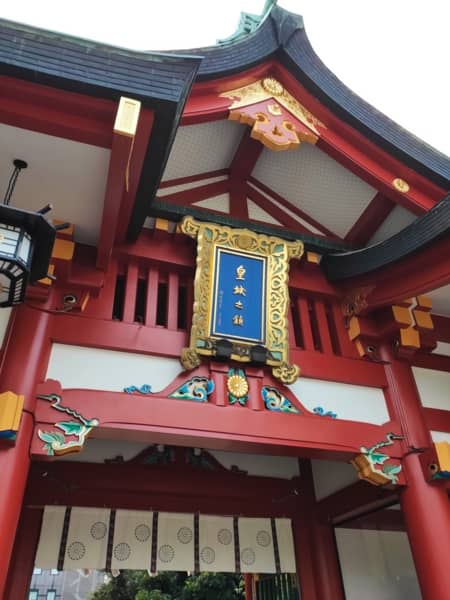
According to local beliefs, praying for business luck here can work well.

This stone statue of a mother monkey protecting her baby monkey exudes a sense of warmth and safety. The mother tightly embraces her offspring, as if saying, “You are my precious one, and I will always protect you.” Such a scene evokes feelings of tenderness and reassurance.
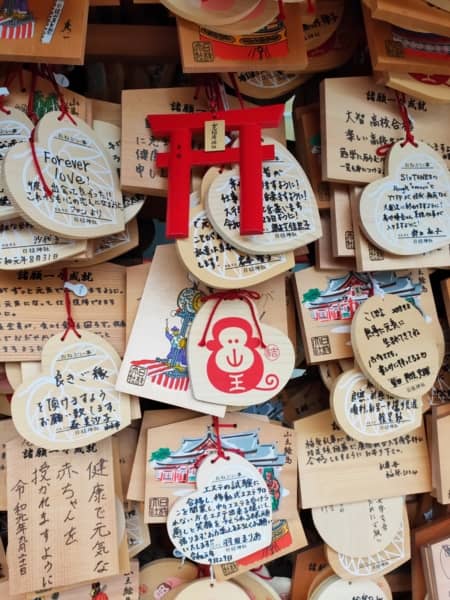
In Japan, people believe that “animals are messengers of the gods”. Monkeys hold a special place in Japanese mythology and are revered as mountain spirits associated with sacred mountains.
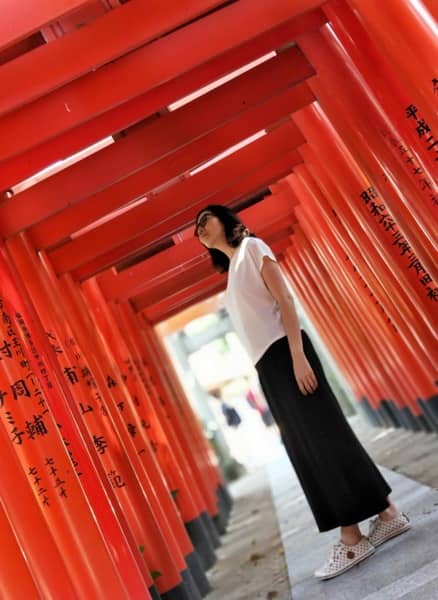
Torii gates hold immense spiritual significance in Japanese culture.
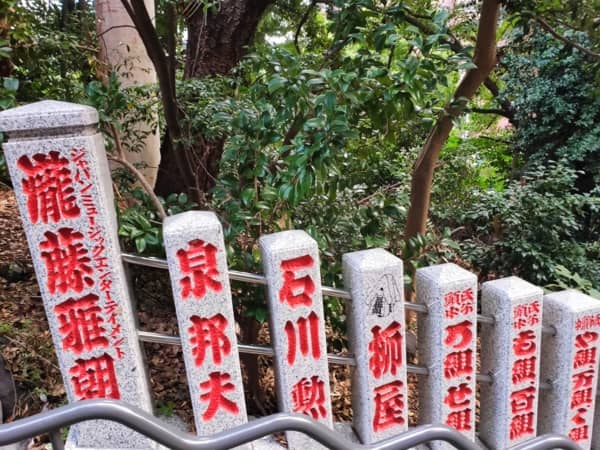
ThenI took a leisurely walk back to the hotel via the stairs on the other side. Consider it a healthy stroll before breakfast.